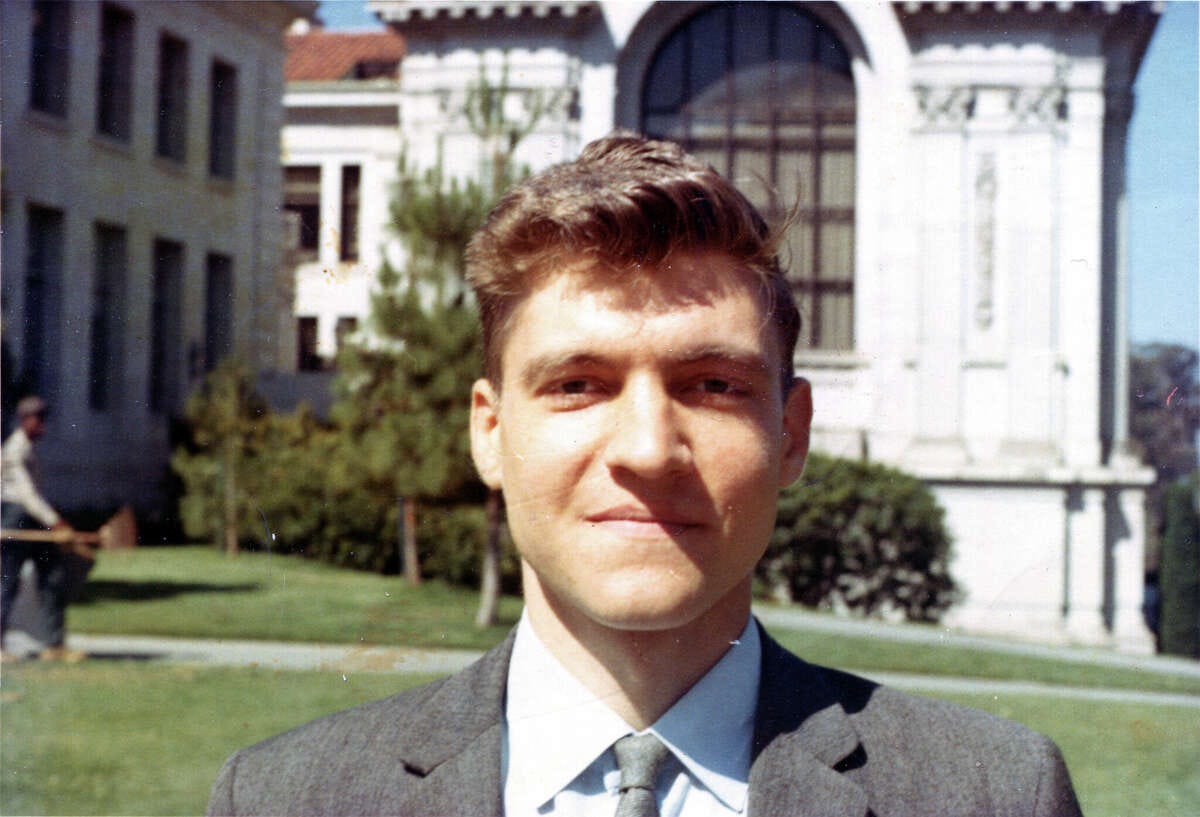
Henry A. Murray has much to answer for. Between 1959 and 1961, the Harvard psychology academic, as the leader of a team of equally unprincipled academics, was responsible for conducting an CIA-funded experiment most unethical on twenty-two undergraduates. The individuals in question were pseudonymised. One particularly youthful figure, named “Lawful”, was the mathematically gifted Theodore John Kaczynski.
A central theme of the experiments was examining the effects of stress, characterised by what Murray called “vehement, sweeping, and personally abusive” attacks. Ideals and beliefs were assailed; egos pulverised. For Murray, this came naturally. He had cut his teeth designing psychological screening tests for the forerunner to the CIA, the Office of Strategic Services. It was perfect preparation for what came to be known as Multiform Assessments of Personality Development Among Gifted College Men.
Kaczynski was the less than grateful recipient of the higher end of the experiment. “I had been talked or pressured,” he told his attorney Michael Mello in August 1998, “into participating in the Murray study against my better judgment.” It is indisputable that he, along with other subjects, had been sufficiently deceived to be victims of a breach of experimental ethics known more commonly as the Nuremberg Code.
Drafted in the aftermath of the Nuremberg War Crimes Trial of German concentration camp doctors, the code stressed the importance of informed consent. “The voluntary consent of the human subject is absolutely essential,” declared the judges responsible for formulating the code. The subject should also be “so situated as to be able to exercise free power of choice, without the intervention of any element of force, fraud, deceit, duress…”
Kaczynski can hardly be said to go on to better things, but they were certainly bigger. In terms of notoriety, his position in the technology obsessed undergrowth of the United States was assured by his murderous and maiming efforts. His favourite method: the package bomb, 16 of which were mailed to his intended victims. Three people died; 23 were injured.
A central tenet of Kaczynski’s thought was levelled at those complicit representatives of what he called the Industrial Society and its state manifestation. Far from being critical of power, its methods, and its wielding by bureaucrats and planners, its members were adjutants and prosecutors of a sinister agenda of behavioural control.
The profiles of the victims, actual and intended, constituted a true fruit salad, at times erratic and scattered: academics in engineering, psychology, genetics and computer science; the president of the California Forestry Association; a computer store owner; an advertising executive; American Airlines Flight 444 and the United Airlines President.
In its unifying theme, the manifesto, Industrial Society and Its Future, opens its barrels on the role of technology. “The Industrial Revolution and its consequences,” goes the grave opening, “have been a disaster for the human race.” While it had “greatly increased the life-expectancy of those of us who live in ‘advanced’ countries”, society had been destabilised, life made “unfulfilling”. Humans had been subjected to “indignities” and “widespread psychological suffering (in the Third World to physical suffering as well)”. The “natural world” had also suffered.
James Ley, reflecting on Kaczynski’s writing, finds his understanding of technology to be “the ultimate constraint on freedom, beyond any specific laws or political arrangements that might obtain.” The conservatives are deluded for conniving in the destruction of their own ideals in embracing technology; leftists merely pursue goals of improvement without dealing with the elephant in the room: the properties of technological enslavement.
In an area of surveillance capitalism, inexorable data mining, and Mark Zuckerberg, there is something haunting about this. The manifesto may not be the sprightliest work of originality, but the vision is contemporary and relevant. The technological society systematically oppresses; it cannot be regulated. With that monstrous genie out of the bottle, it can only be, according to Kaczynski, destroyed.
Kaczynski defied the authorities and the technological state he so despised, eluding capture for almost two decades. Being incapable of summoning the forces to destroy technology, he eschewed it, becoming a rustic version of the Savage in Aldous Huxley’s Brave New World, the man who “ate civilization”, and in so doing ate his own wickedness.
He lived in a cabin near Lincoln, Montana, a place in every sense off the grid: no electricity, no television, no telephone. He moved about with a bicycle. He took an interest in regeneration in nature. He even foraged. This was his way of romancing the notion of the “pre-industrial city”, as he termed it, where the “19th century frontiersman” could create “change himself, by his own choice.” Change for the “modern man”, in contrast, was “imposed”.
Despite isolation, his pride proved too powerful, the need for recognition, consuming. His efforts to get the New York Times and Washington Post to publish his 35,000-word manifesto undid him. His brother David, and sister-in-law, on realising he was the author, identified him. The FBI, furnished by letters and documents provided by David, joined the dots, arresting Kaczynski on April 3, 1996.
The stage was set for the Unabomber to become a figure of medical interest. At trial, fearing that his brother would receive the death sentence, David, and the defence, opted for psychopathological grounds. Did the Murray experiments tip him over? The lawyers ran with the argument that the Harvard experience had provided the bricks and mortar of paranoid schizophrenia. Their client begged, with tenacious fury, to differ. His terrorism had been principled, rational, his Weltanschauung outlined in his manifesto. To suggest medical illness and disturbance was to give into the pathologizing agenda, something that would render him mad and therefore illegitimate as a thinker.
Far from being mad, the dystopia of Kaczynski’s industrial society has found solid roots. And the forces behind it, be they the myriad of social networks, data hungry platforms and the increasingly agitated discussion about Artificial Intelligence and its generative properties, implicates us all.



